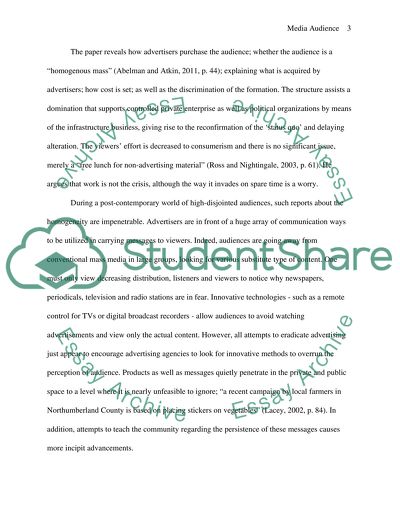Cite this document
(“The Financial Side of Media Industries Transform Research Paper”, n.d.)
The Financial Side of Media Industries Transform Research Paper. Retrieved from https://studentshare.org/media/1441269-media-audience
The Financial Side of Media Industries Transform Research Paper. Retrieved from https://studentshare.org/media/1441269-media-audience
(The Financial Side of Media Industries Transform Research Paper)
The Financial Side of Media Industries Transform Research Paper. https://studentshare.org/media/1441269-media-audience.
The Financial Side of Media Industries Transform Research Paper. https://studentshare.org/media/1441269-media-audience.
“The Financial Side of Media Industries Transform Research Paper”, n.d. https://studentshare.org/media/1441269-media-audience.


